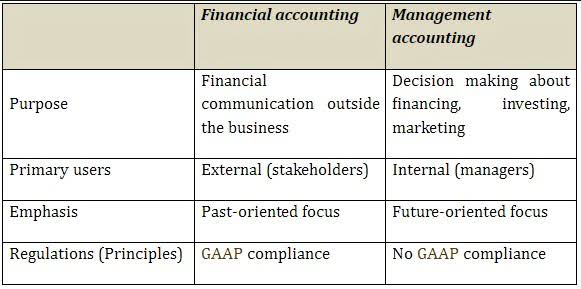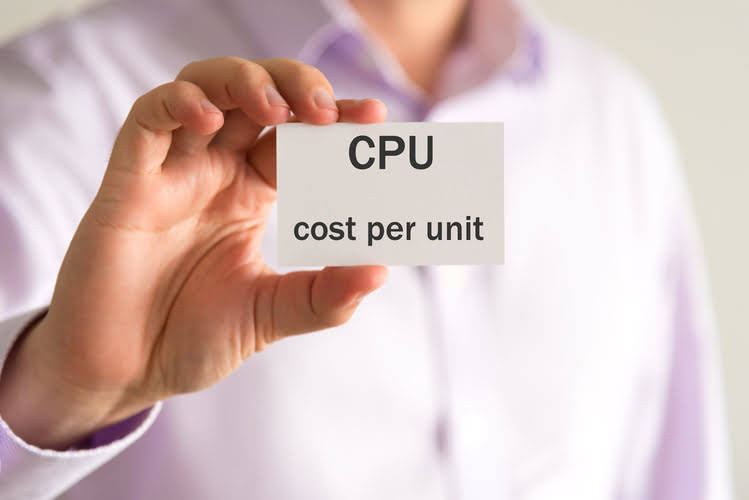Lessees prefer to account for their leases as operating lease because:

Additionally, operating leases offer tax benefits; lease payments are often fully deductible as operational expenses, which can reduce the taxable income of the business. Operating leases represent a pivotal financing tool for businesses that require the use of assets without the desire or necessity to own them. This form of lease agreement allows a lessee to use an asset for a predetermined period, typically shorter than the asset’s useful life, while the lessor retains ownership. The landscape of operating leases is evolving rapidly, driven by technological advancements, regulatory changes, and shifts in market dynamics.
- Ownership is transferred in a financial lease to the entity that leases the asset.
- From an operational standpoint, the lessee is tasked with the upkeep and maintenance of the leased asset.
- From the perspective of a CFO, operating leases are a strategic choice for managing the company’s balance sheet and improving financial metrics.
- They’re recorded on the company’s balance sheet so they can affect a company’s financial ratios as a result, such as debt-to-equity, return-on-assets, or solvency if companies use a significant amount of leased assets.
- The recent changes in accounting standards have brought more transparency but also complexity, requiring businesses to adapt their financial analysis and communication with stakeholders.
- However, accounting for operating leases requires careful consideration to ensure that all financial reporting reflects the true nature of the lease agreement.
- By dissecting these terms, lessees can negotiate better terms, comply with relevant accounting standards, and manage their leased assets more effectively.
Risks and Considerations for Lessees

It’s essential to conduct a thorough analysis and seek expert advice when necessary to mitigate the potential downsides of operating leases. Operating lease accounting changed in 2016 when the Federal Accounting Standards Board released ASC Topic 842, Leases. The lease and the corresponding asset value would be required to be reported on the balance sheet. Leases for less than 12 months can be recognized as an expense using the straight-line basis method, however. The business that leases the asset is referred to as the lessee and the business that loans it under a lease is the lessor.
Understanding the Financial Impact of Operating Leases
- The lessee must adhere to a set of conditions and responsibilities that are crucial for the maintenance of the asset, compliance with legal and financial regulations, and the overall success of the leasing agreement.
- Under the straight-line method, the company will recognize an annual lease expense of $10,000.
- For a small business owner, they provide access to essential equipment without a significant upfront investment.
- This standard makes their balance sheet a more realistic representation of the company’s worth and obligations regarding its leases.
- By understanding and fulfilling these obligations, lessees can avoid potential disputes, additional costs, and ensure a mutually beneficial relationship with the lessor.
In the competitive landscape of startup marketing, capturing the QuickBooks Accountant attention of potential customers…

Accounting for an Operating Lease

The recent changes in accounting standards have brought more transparency but also complexity, requiring businesses to adapt their financial analysis and communication with stakeholders. By recognizing the full implications of operating leases, companies can better manage their financial strategies and maintain trust with investors, creditors, and other interested parties. Operating leases present a strategic option for businesses aiming to https://www.bookstime.com/ maintain financial flexibility, manage cash flow, and keep up with the latest technology without the burdens of ownership.

Similarly, an airline might opt for operating leases for its capital vs operating lease aircraft fleet, enabling it to adjust capacity according to demand without the financial burden of owning the planes. A) it increases their debt to total equity ratio.B) it decreases the income tax expense.C) it increases the amount of total assets.D) it decreases the amount of liability reported. If this assessment later changes, any difference between the income that should have been recognized and which had been recognized is recognized in the current period. An operating lease allows a business to use an asset without incurring the high expenses involved in purchasing it. It’s a contract that allows for an asset’s use but doesn’t convey ownership rights.

